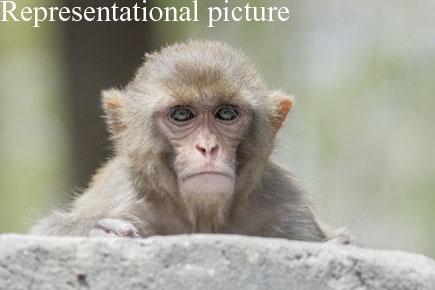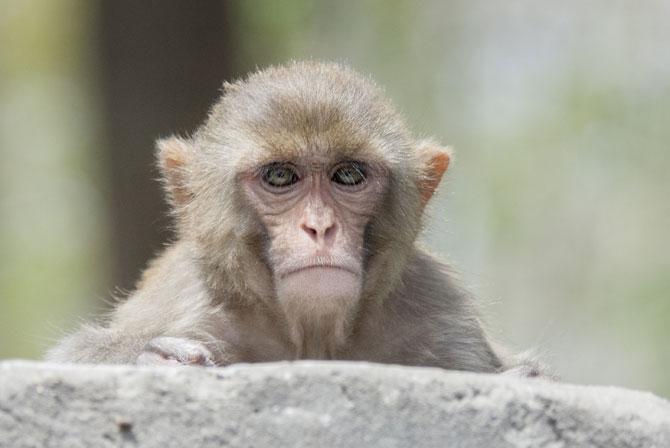Three deaths were also reported in the area, the official said. Last year, 88 patients tested positive for the infection but no death was reported

 Representational Picture
Representational Picture
ADVERTISEMENT
At least 35 people in Goa have tested positive this year for the Kyasanur Forest Disease (KFD), or the 'monkey fever', a health official said. The fever had claimed three lives in the coastal state's remote Sattari taluka of North Goa district in 2016, and one in 2015.
All the 35 people, who have tested positive for the monkey fever this year, are also from the Sattari taluka and have been provided treatment for the viral infection, an official at the Valpoi community health centre (CHC) said. "No death has been reported from KFD so far this year," he said.
"Most of the positive cases have been found in the Sanvorderm panchayat area of Sattari. The health department has intensified its vaccination drive and distributed tick repellent oils in the villages there," he said. KFD, referred to as Makad Taap in local language, is a tick-borne viral hemorrhagic fever endemic to South Asia.
The virus is transmitted to human beings through parasitic ticks which latch on to monkeys. The disease was first detected in 1957 at the Kyasanur forest in Karnataka's Shimoga district, and was later named after the place. The KFD infection, which starts with high fever and bodyache, results in hemorrhage, similar to that in dengue. People already suffering from kidney, heart and liver related issues are more vulnerable to KFD infection. Between February and April 2015, several people were diagnosed with the disease at Palli village in Sattari taluka.
"In 2015, 30 villagers were found positive for KFD and one person was declared dead," the official said. Later, the Goa government permitted the Manipal Centre for Virus Research to set up its virology unit at the Valpoi CHC and conduct tests of suspected blood samples. Between December 2015 and May 2016, tests were conducted on 807 samples of villagers from Sattari who suffered from fever and 277 tested positive for KFD.
Three deaths were also reported in the area, the official said. Last year, 88 patients tested positive for the infection but no death was reported. "Both human beings and monkeys are victims of the disease, but once a monkey gets infected with the tick bite, it generally dies. The mortality rate in monkeys is very high as compared to human beings, the official said. "The ticks drop as soon as the monkey dies, thus generating hot spots for spreading the infection," he said, adding that about 50 metre radius around the site where a monkey carcass is found is vulnerable for the spread of infection.
Catch up on all the latest Crime, National, International and Hatke news here. Also download the new mid-day Android and iOS apps to get latest updates
Trending Video
 Subscribe today by clicking the link and stay updated with the latest news!" Click here!
Subscribe today by clicking the link and stay updated with the latest news!" Click here!






